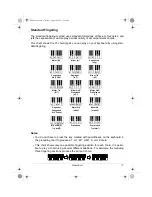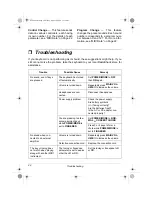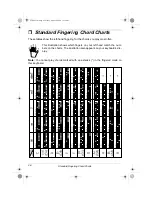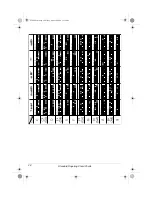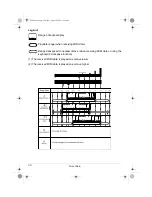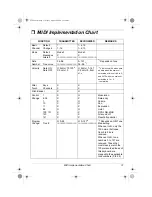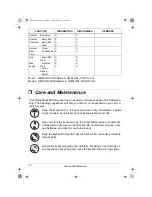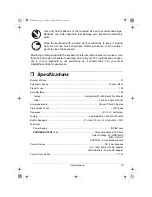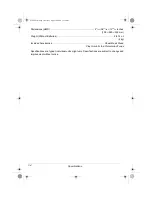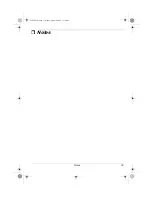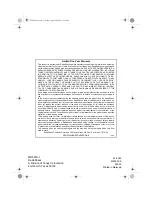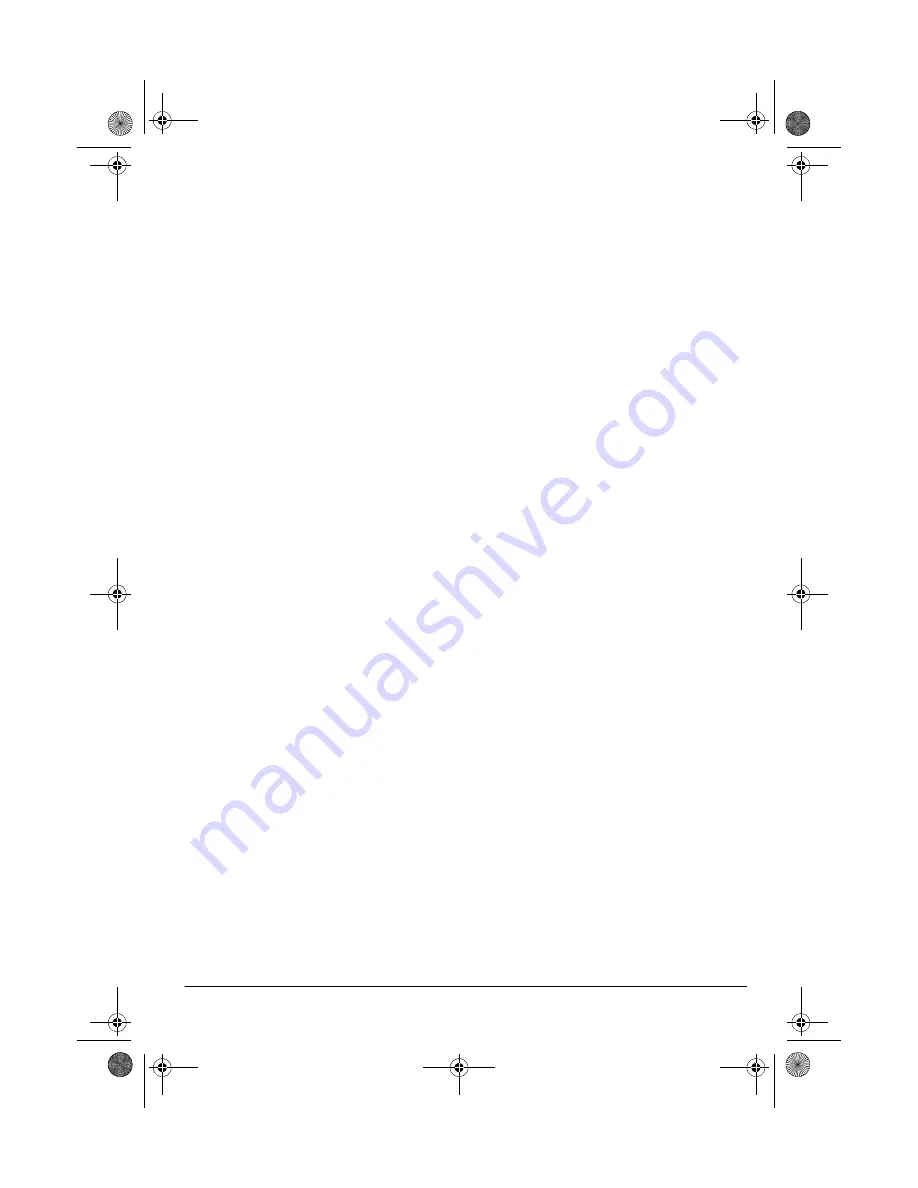
23
Using MIDI
MIDI data on channels 1 through 4 and 10
only. The data received on other channels
are ignored. For transmission of MIDI da-
ta, you can use any of 16 channels.
1. Repeatedly press
TRANSPOSE/
TUNE/MIDI
until
Keybd
Ch
appears.
2. Within 5 seconds, press
–
or
+
to
select the channel you want.
Tone Map —sets the range of program
change values received/recognized by
this keyboard.
1. Repeatedly press
TRANSPOSE/
TUNE/MIDI
until
TonMap=N
appears.
2. Within 5 seconds, press
–
or
+
to
select the setting you want.
N
: Normal Tone Map. This setting
allows receipt of 0 to 99 program
changes. Each program change
corresponds to one of the key-
board’s prerecorded tones.
G
: General MIDI Tone Map. This
setting allows receipt of all 0 to 127
program changes. Any data over
100 are translated to the closest
tone the keyboard has. See “Note
Table” on Page 29 for details.
Select
G
when you listen to General
MIDI data from an external device.
NOTES ABOUT THE MIDI
IMPLEMENTATION
CHART
The “MIDI Implementation Chart” on
Page 31 illustrates the details of the key-
board’s MIDI function. An O in the chart
means that the keyboard has this fea-
ture; X means it does not have this fea-
ture. The following notes explain what
the keyboard can do.
Basic Channel — MIDI uses up to 16
channels to exchange data. As in a TV
broadcast, different channels send dif-
ferent data. The keyboard can send data
in any of 16 channels, but receives data
only on channels 1 through 4 or 10.
Mode — The chart shows that Mode 3
is OMNI OFF, POLY. This means the
keyboard sends and receives polyphon-
ic data on only one channel at a time.
Note Number — This number repre-
sents each key of the keyboard. The
lowest number (0) is five octaves below
middle C. Since the keyboard’s lowest
note is two octaves below middle C and
the highest is three octaves above mid-
dle C, your keyboard can send note
numbers between 36 and 96 and re-
ceive note numbers from 0 through 127.
The keyboard automatically assigns any
key outside its range to a key within its
key range.
Velocity — This number shows how
fast the key was pressed, or how loud
the note should sound. Pianissimo (1) is
the lowest velocity, Fortissimo (127) is
the loudest. A zero (0) means the key is
released. Your keyboard can send vol-
ume level 75 or 100, and receive all vol-
ume levels from 0 through 127.
9n — This means that the Note On
message is 9 hexadecimal, and n is the
channel number.
Pitch Bender — The keyboard receives
(but cannot send) pitch bending signals.
42-4042.fm Page 23 Friday, April 28, 2000 11:18 AM









